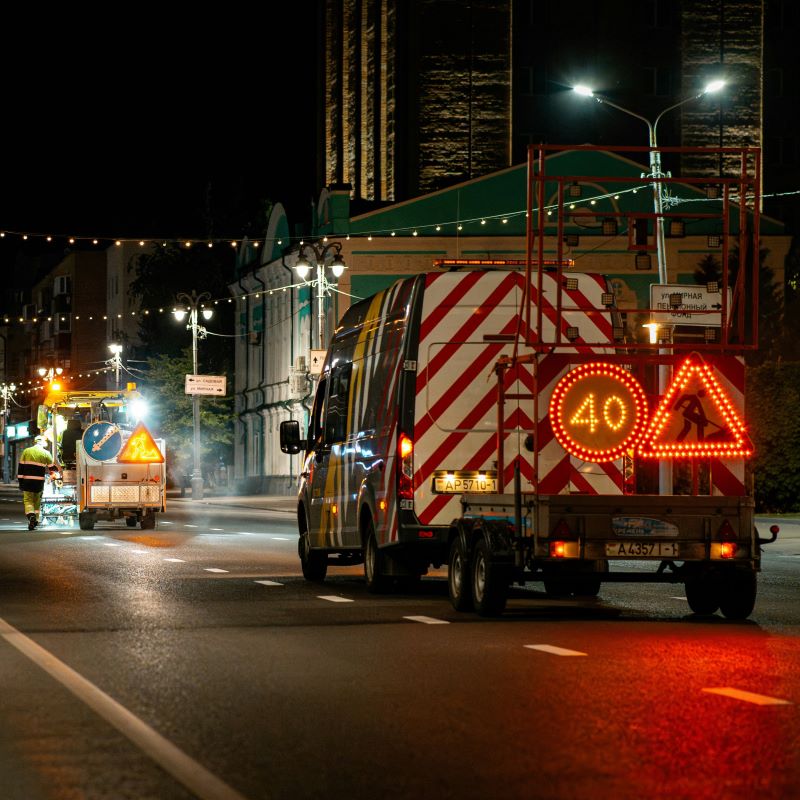The Quiet Hero Why Amber Strobe Lights Are
In heavy traffic or roadside operations, utility trucks face constant risks. Although often overlooked, amber strobe lights for trucks quietly safeguard workers, vehicles, and the public. These lights act as silent warnings. They demand attention without causing panic, helping prevent accidents in low-visibility or high-traffic zones. As vehicle-mounted safety tech evolves, understanding the function and design of emergency strobe lights for trucks becomes critical for fleet managers, designers, and policymakers alike.Mentioned in the article custom vehicle ambient light wholesale Born with strong vitality, you can turn a cocoon into a butterfly and become the best yourself after wind and rain. https://www.lkx-mascarello.com
1. Understanding Amber Strobe Lights
Amber strobe lights are LED or xenon-based flashing systems. They emit bright, pulsating yellow-orange signals. Unlike red or blue lights reserved for law enforcement or fire rescue, amber strobe lights are legally designated for utility, maintenance, and construction vehicles.
They warn others without causing confusion. Moreover, amber lights ensure compliance with regional lighting codes. Their wavelength¡ªbetween 590 and 620 nanometers¡ªoffers high visibility even in fog, rain, or bright sunlight.
2. Why Utility Trucks Rely on Amber
2.1 Legal Recognition
Most jurisdictions reserve red and blue lights for emergency responders. Amber, however, is universally accepted for non-emergency use. This makes them suitable for snowplows, refuse trucks, and electrical fleet vehicles.
2.2 Visual Dominance in Harsh Conditions
Snow, dust, and construction debris impair visibility. Amber strobe lights penetrate atmospheric disturbances better than static lights or hazard blinkers.
2.3 Controlled Alert vs. Panic Trigger
While red or blue may startle motorists, amber strobe lights command caution with calm. This balances visibility with psychological control on roadways.
3. Key Technical Features of Emergency Strobe Lights for Trucks
3.1 Light Source and Beam Pattern
High-performance amber strobes use LED arrays with advanced optics. Beam spread and intensity must be balanced to avoid glare.
3.2 Flash Frequency and Sync Capability
Flash rate affects perceptibility. For trucks, 60¨C120 flashes per minute is optimal. Multi-unit synchronization ensures uniform flashing across vehicle profiles.
3.3 Vibration and Moisture Resistance
Utility vehicles operate in rough terrain. Thus, emergency strobe lights for trucks need IP67 or higher waterproofing. Vibration-proof mounts are essential.
3.4 Power Efficiency and Integration
LED-based strobes draw minimal current. They must integrate with existing truck power systems, often 12V or 24V DC. Low current draw preserves battery life.
4. Strategic Placement for Maximum Effect
4.1 Roof-Mounted Beacons
These offer 360¡ã visibility. They¡¯re ideal for large trucks or night operations.
4.2 Grille and Tailgate Mounts
Front and rear-facing strobe units alert approaching or following traffic.
4.3 Mirror or Side Panel Mounts
Side-mounted strobes increase lateral visibility, especially when trucks operate on highways or narrow shoulders.
4.4 Integrated Light Bars
Many modern trucks use integrated light bars combining strobes with brake, reverse, and hazard lighting. This saves space and wiring complexity.
5. Use Cases That Prove the Point
5.1 Roadside Electrical Maintenance
When utility workers attend to power lines near live traffic, visibility is key. Amber lights give drivers enough reaction time to slow or change lanes.
5.2 Snow and Ice Control Vehicles
Snowplows operate in low-visibility environments. High-mounted amber strobes remain visible even during heavy snowfall.
5.3 Waste Collection Trucks
Trash and recycling trucks make frequent stops. Amber strobes warn tailing vehicles continuously, preventing rear-end collisions.
5.4 Construction Site Vehicles
In shared work zones, where civilians and machines coexist, amber strobes reduce pedestrian and equipment risks.
6. Compliance and Regulatory Standards
To ensure legality and avoid fines, utility fleets must align with:
SAE J845: For rotating or flashing warning lights
ECE R65: European regulation on light intensity and beam angles
DOT Standards: For installation and safety compliance
FMVSS 108: US regulation governing lighting systems on road vehicles
Failing to comply with these standards can lead to operational bans or insurance liabilities.